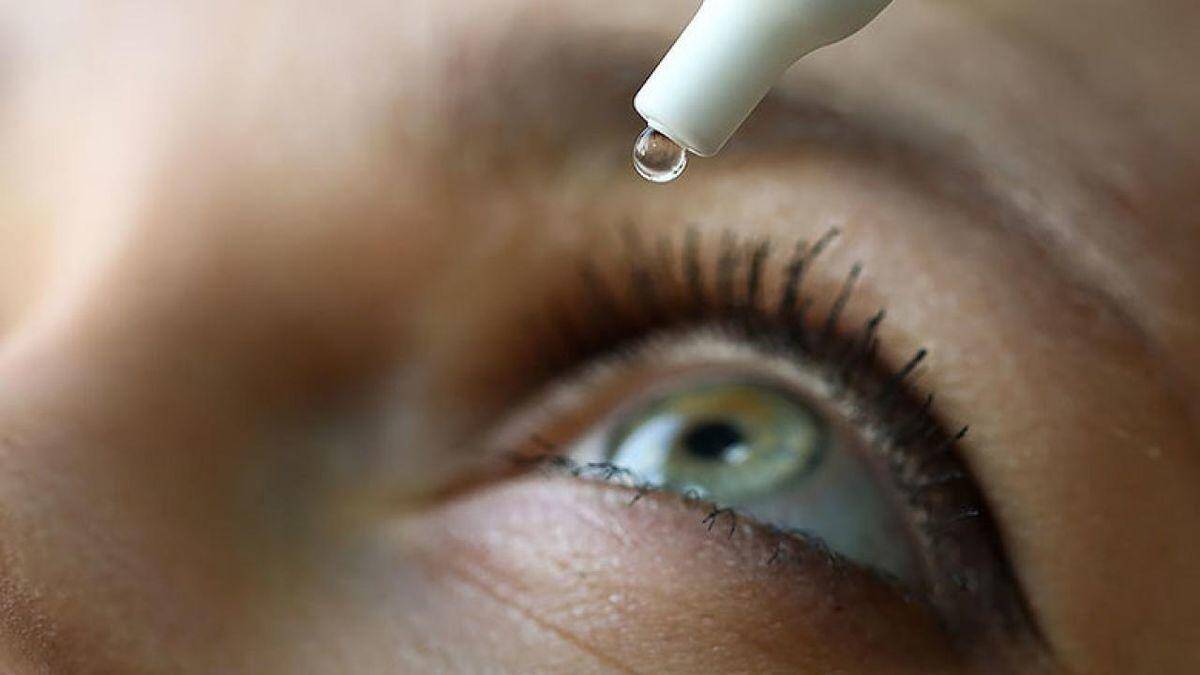
What tests can detect the disease?
This is exactly what an eye pressure test is designed for, where the pressure in the eye is checked and an accurate diagnosis can be made on the basis of very small changes.
In addition to measuring the intraocular pressure, a CFF test is also necessary to determine the critical fusion frequency, as the name suggests. This, together with OCT of the papilla (optic nerve head), gives an even more accurate picture of the condition of the optic nerve head.
It is also helpful to have tests such as fundus examination and visual field testing to see what damage, if any, the lesion has already caused. A complementary test is to assess the condition of the choroid to differentiate between the different types of glaucoma.
When should you go for such a test?
The risk of glaucoma mainly affects people over the age of 40, but there is an additional risk factor if you have high or fluctuating intraocular pressure or a narrower network of blood vessels in the fundus. We should also be more vigilant about the possibility of developing the disease if there is a family history of the condition, as it is common to have a cumulative family history.
Lifestyle habits such as smoking and excessive alcohol consumption may also be responsible for the change in intraocular pressure that contributes to the development of glaucoma. In addition, having diabetes, high blood pressure or vascular stenosis can increase the chances of developing it. Previous eye injuries and possible prolonged medication can also cause the problem, but it should also be remembered that high myopia is also more common in people with high levels of myopia.
Symptoms of glaucoma
If any of the above risk factors are present, it is worthwhile to check the health of your eyes from time to time, as most of the time glaucoma creeps into your life without symptoms. However, sometimes there are additional symptoms that may indicate eye disease. These can include frequent headaches, pain around the eyes, pressure in the eyes, or visual discomfort such as seeing extra rings of light around traffic lights at night.
Blurred vision and blurred vision can also be a warning sign. In the case of a so-called ‘glaucoma attack’, you may feel as if your eyes are hardening, which can cause unbearable pain, nausea or even vomiting. You may have a visibly dilated eye and a greenish-grey cornea.
Different types of glaucoma
There is primary, or primary glaucoma, and secondary, or secondary, or acquired glaucoma. While the first type is not associated with any other eye disease, the second type is. In the latter case, the eye disease may be open- or closed-angle, depending on the structure of the choroid. Last but not least, a special mention should be made of the situation where the hall drainage system is simply not developed or is not passable. In such cases we speak of congenital primary glaucoma.
How can the disease be treated?
In each case, the ophthalmologist decides which procedure to use, depending on the type of glaucoma you have.
Glaucoma is easy to treat and the aim is always to reduce the pressure in the eye and improve the circulation in the optic nerve. The disease can be maintained by either 1 or 2 drops a day, as prescribed by the doctor. Very rarely, this type of therapy may not have the desired effect. In such cases, laser or surgical intervention may be necessary to help drain the aqueous humour.
If signs of the above-mentioned attacks are noticed, an ophthalmologist should be consulted immediately, as they can cause deterioration to a degree that can lead to blindness, even in a few hours. In this case, hospital treatment is necessary, with the use of diuretic infusions, eye drops and other tablets to reduce the pressure in the eyes. In such cases, laser or other surgical intervention is likely to be needed later to prevent another attack.

